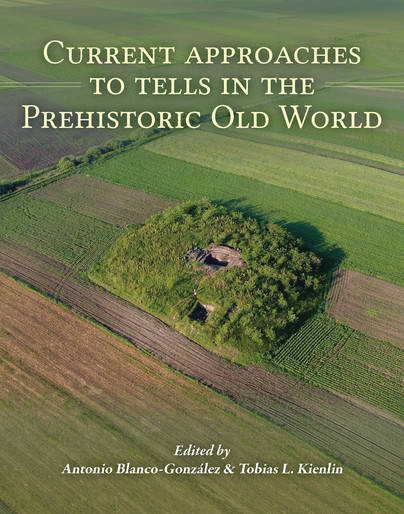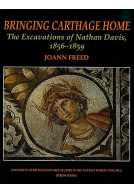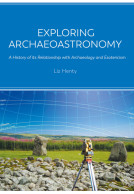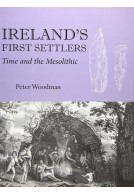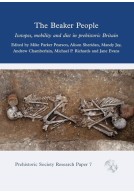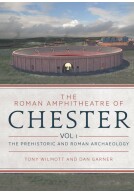Current Approaches to Tells in the Prehistoric Old World (Paperback)
Imprint: Oxbow Books
Pages: 224
ISBN: 9781789254860
Published: 15th September 2020
Script Academic & Professional
Pages: 224
ISBN: 9781789254860
Published: 15th September 2020
Script Academic & Professional
You'll be £12.00 closer to your next £10.00 credit when you purchase Current Approaches to Tells in the Prehistoric Old World. What's this?
+£4.99 UK Delivery or free UK delivery if order is over £40
(click here for international delivery rates)
Order within the next 8 hours, 52 minutes to get your order processed the next working day!
Need a currency converter? Check XE.com for live rates
(click here for international delivery rates)
Order within the next 8 hours, 52 minutes to get your order processed the next working day!
Need a currency converter? Check XE.com for live rates
Deeply stratified settlements are a distinctive site type featuring prominently in diverse later prehistoric landscapes of the Old World. Their massive materiality has attracted the curiosity of lay people and archaeologists alike. Nowadays a wide variety of archaeological projects are tracking the lifestyles and social practices that led to the building-up of such superimposed artificial hills. However, prehistoric tell-dwelling communities are too often approached from narrow local perspectives or discussed within strict time- and culture-specific debates. There is a great potential to learn from such ubiquitous archaeological manifestations as the physical outcome of cross-cutting dynamics and comparable underlying forces irrespective of time and space.
This volume tackles tells and tell-like sites as a transversal phenomenon whose commonalities and divergences are poorly understood yet may benefit from cross-cultural comparison. Thus, the book intends to assemble a representative range of ongoing theory – and science –based fieldwork projects targeting this kind of sites. With the aim of encompassing a variety of social and material dynamics, the volume’s scope is diachronic – from the Earliest Neolithic up to the Iron Age–, and covers a very large region, from Iberia in Western Europe to Syria in the Middle East. The core of the volume comprises a selection of the most remarkable contributions to the session with a similar title celebrated in the European Association of Archaeologists Annual Meeting held at Barcelona in 2018. In addition, the book includes invited chapters to round out underrepresented areas and periods in the EAA session with relevant research programmes in the Old World. To accomplish such a cross-cultural course, the book takes a case-based approach, with contributions disparate both in their theoretical foundations – from household archaeology, social agency and formation theory – and their research strategies – including geophysical survey, microarchaeology and high-resolution excavation and dating.
Other titles in Oxbow Books...







